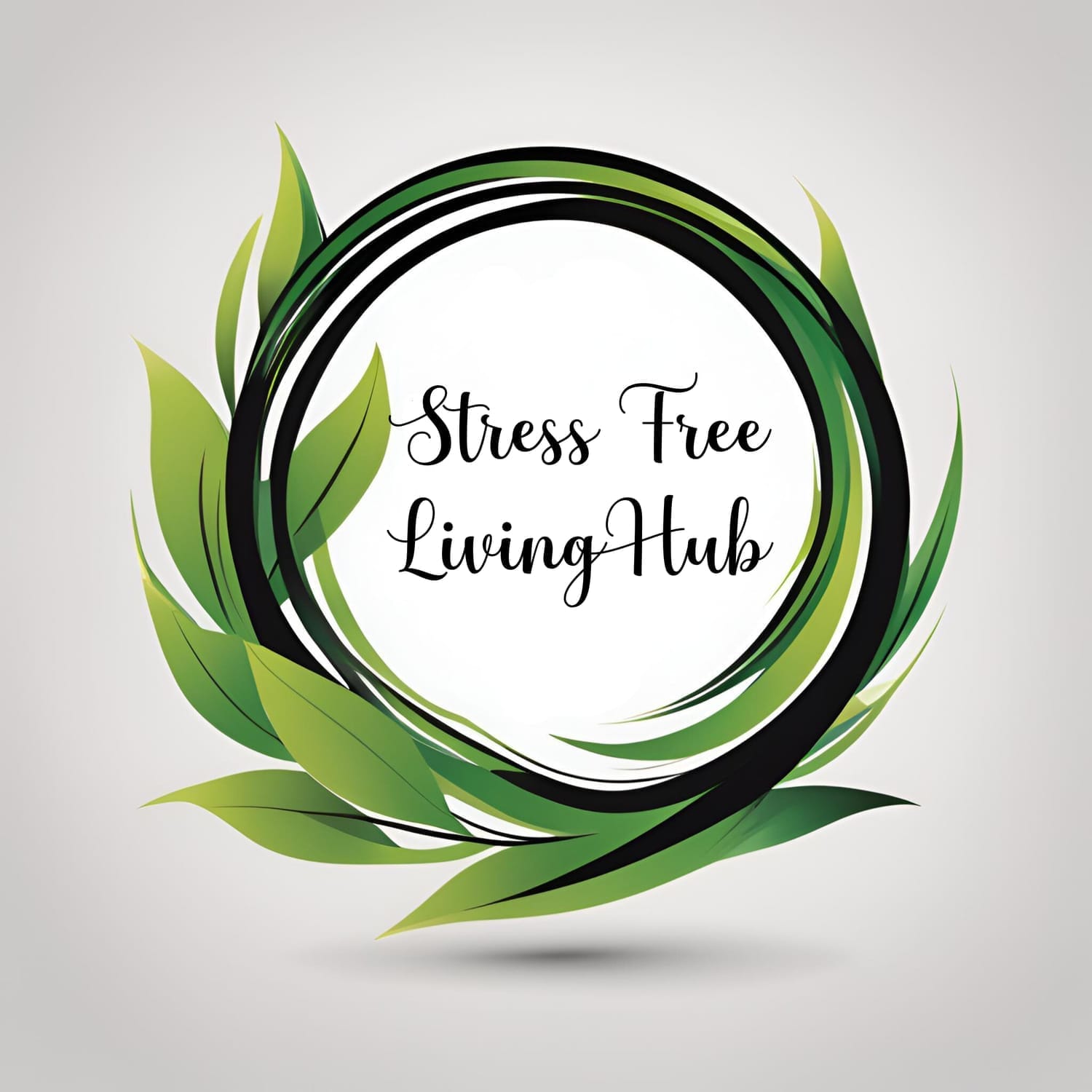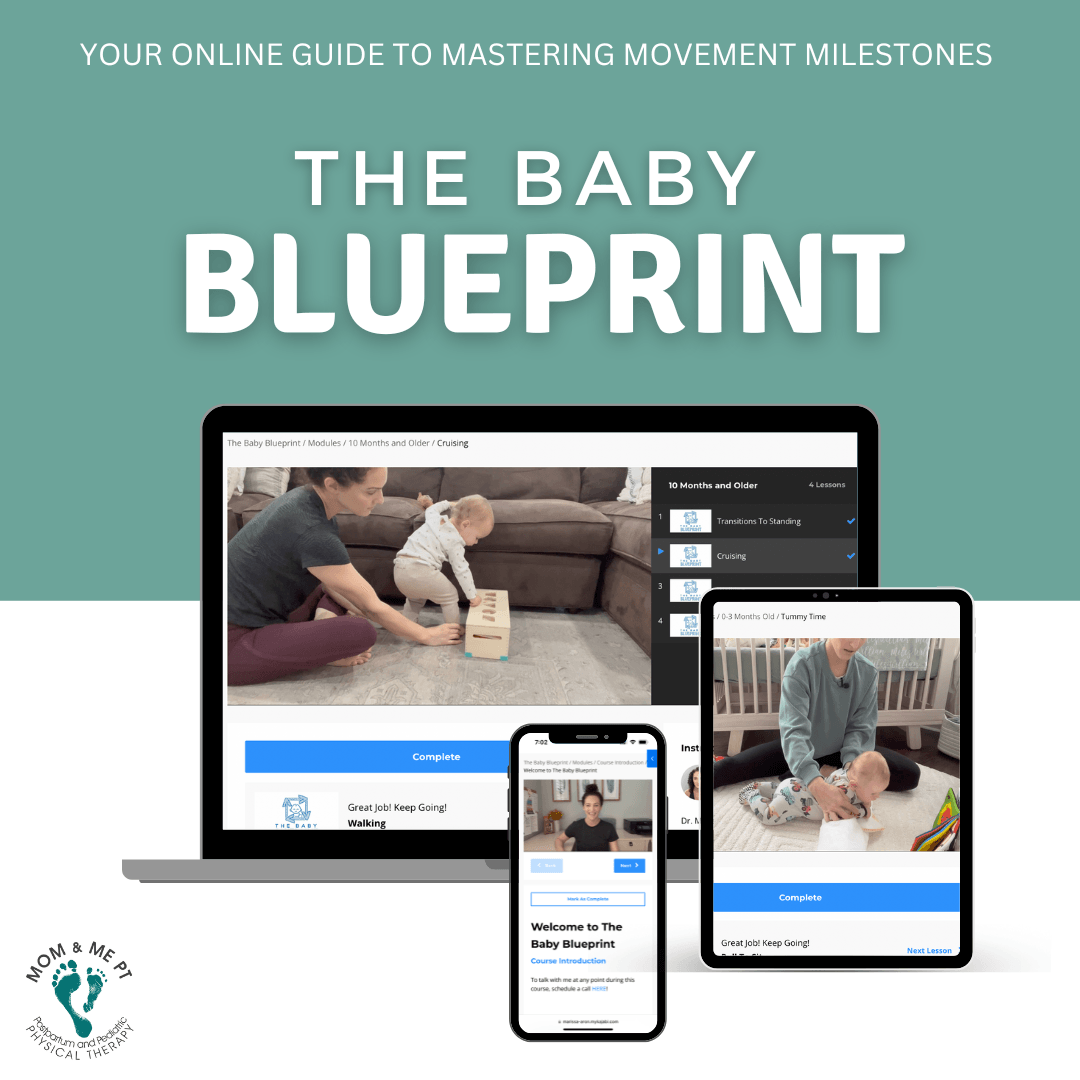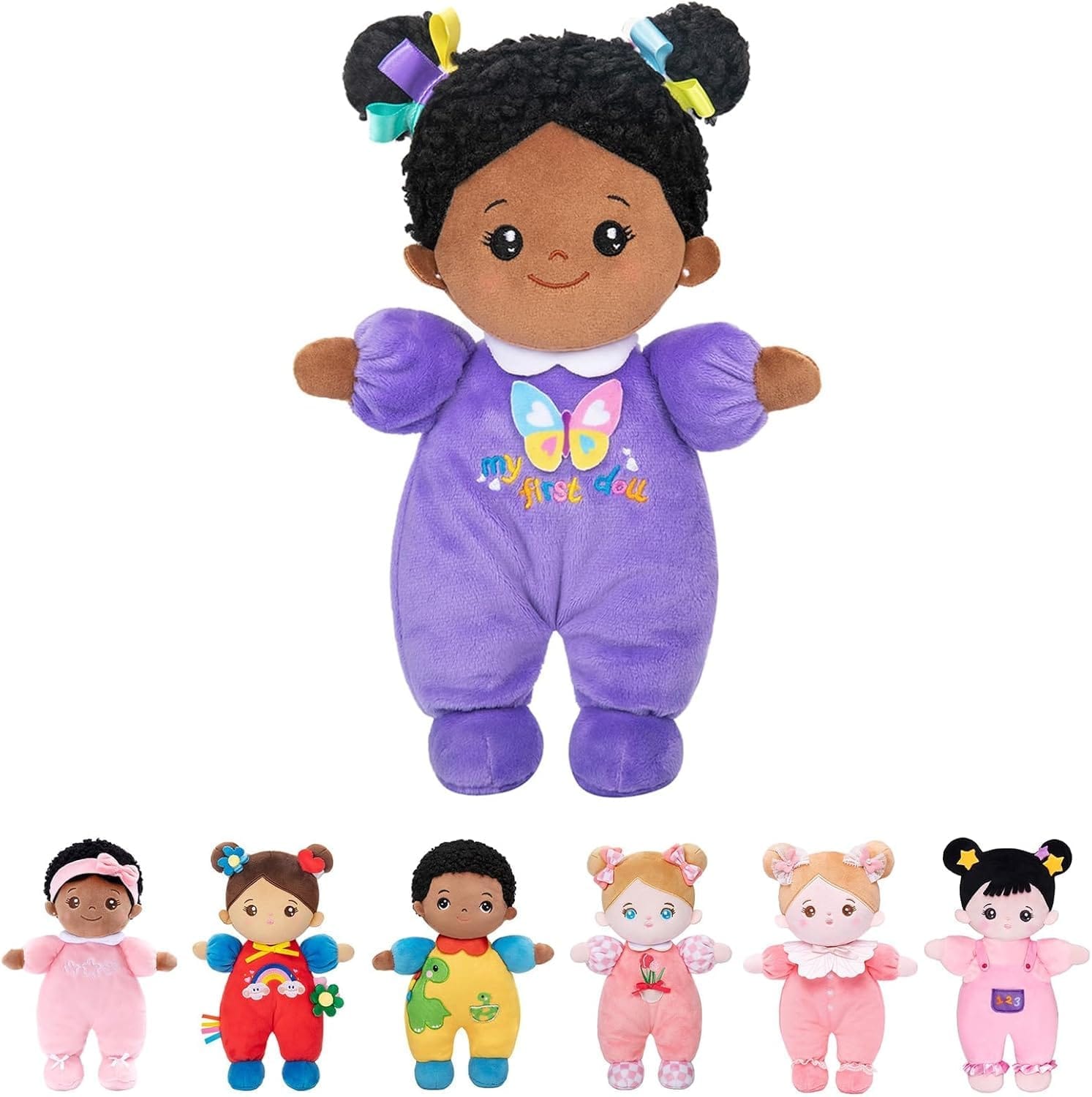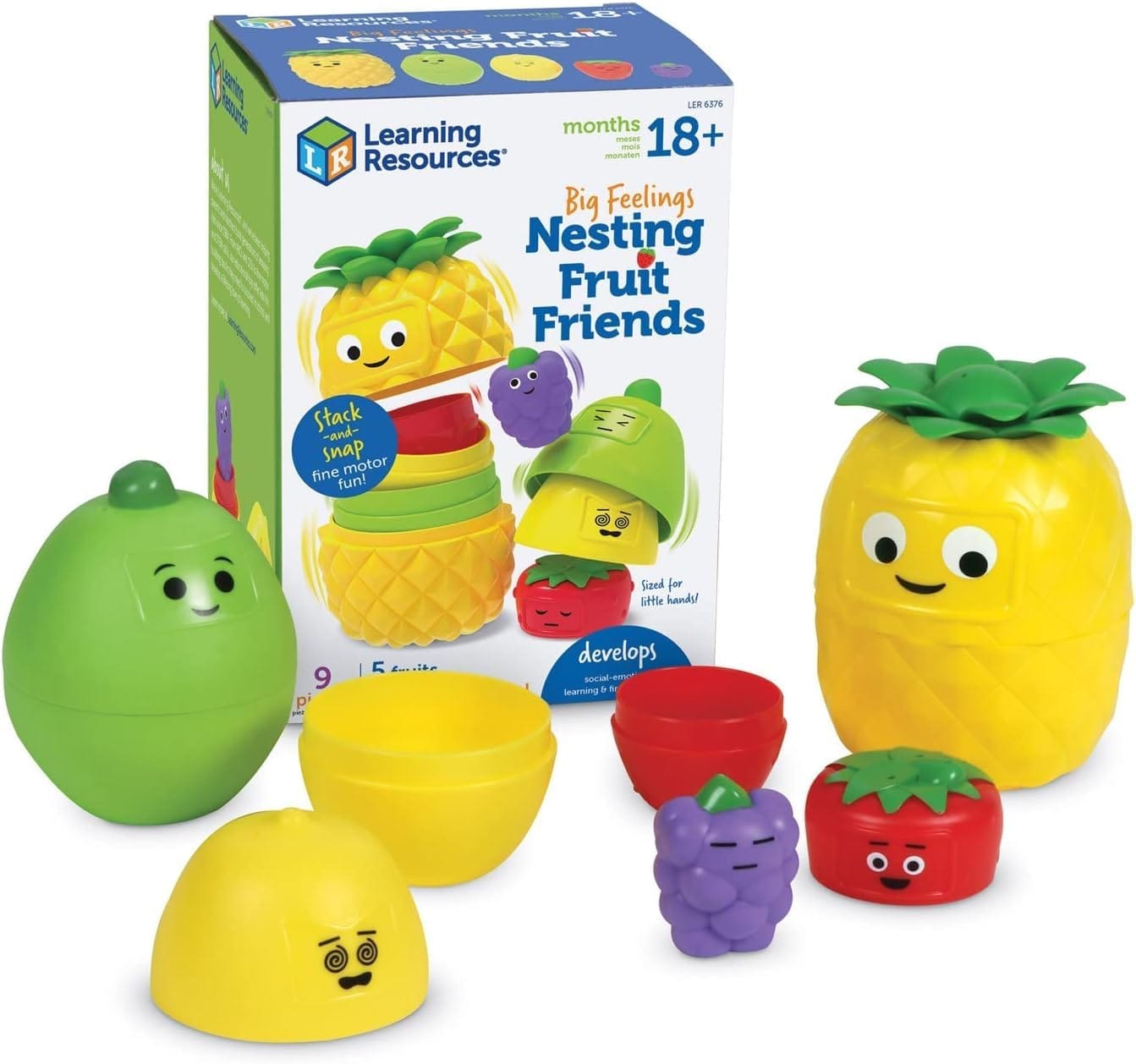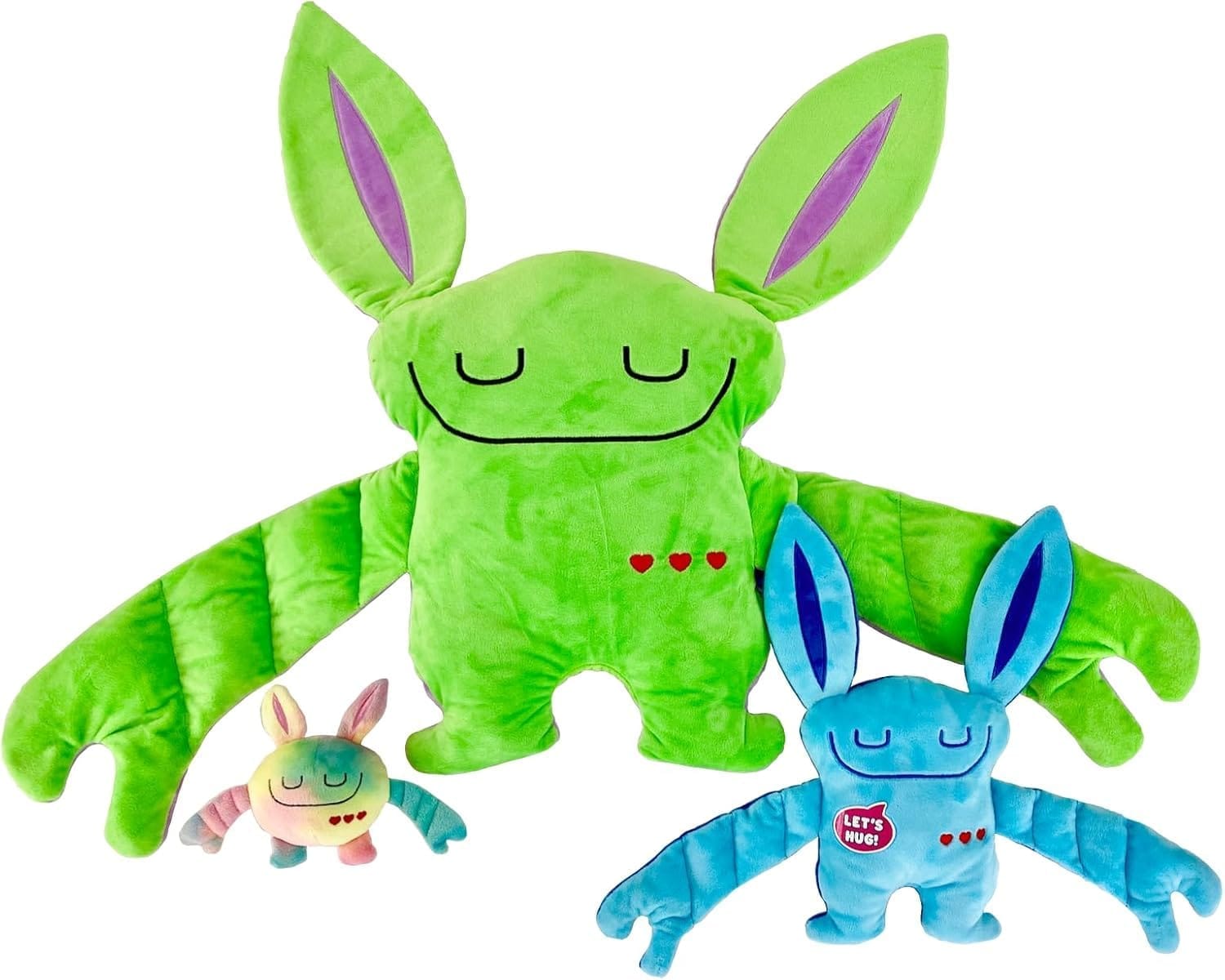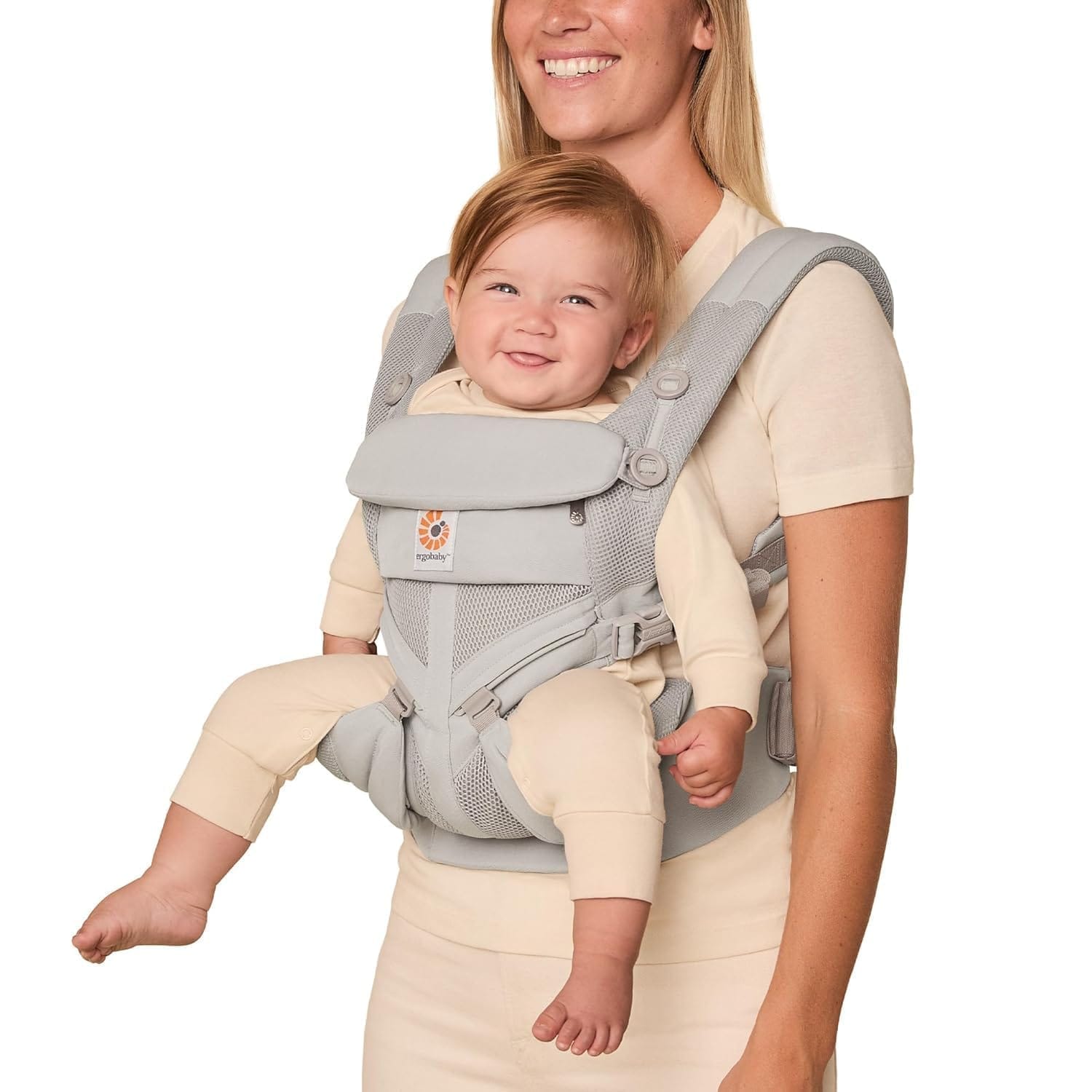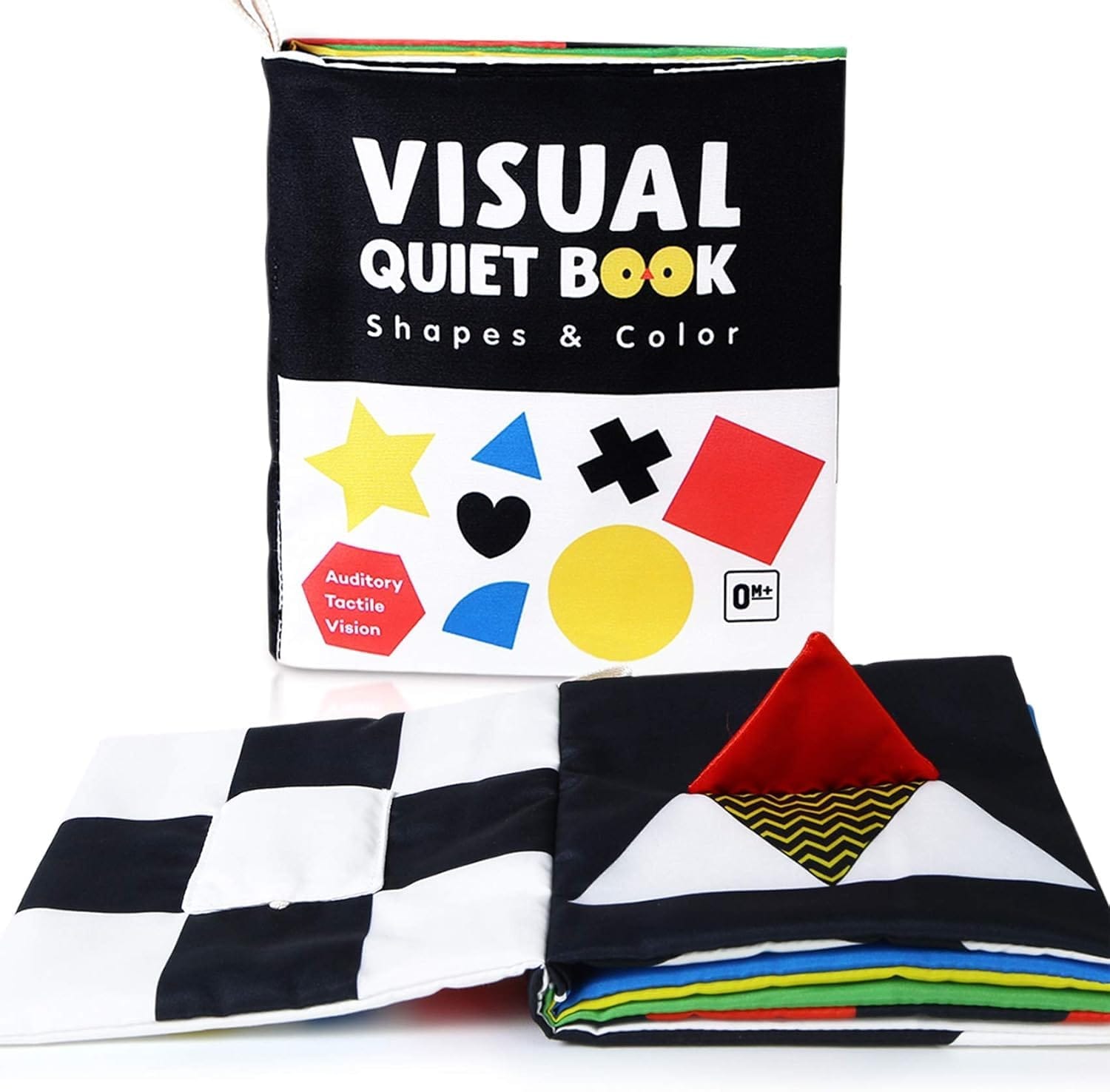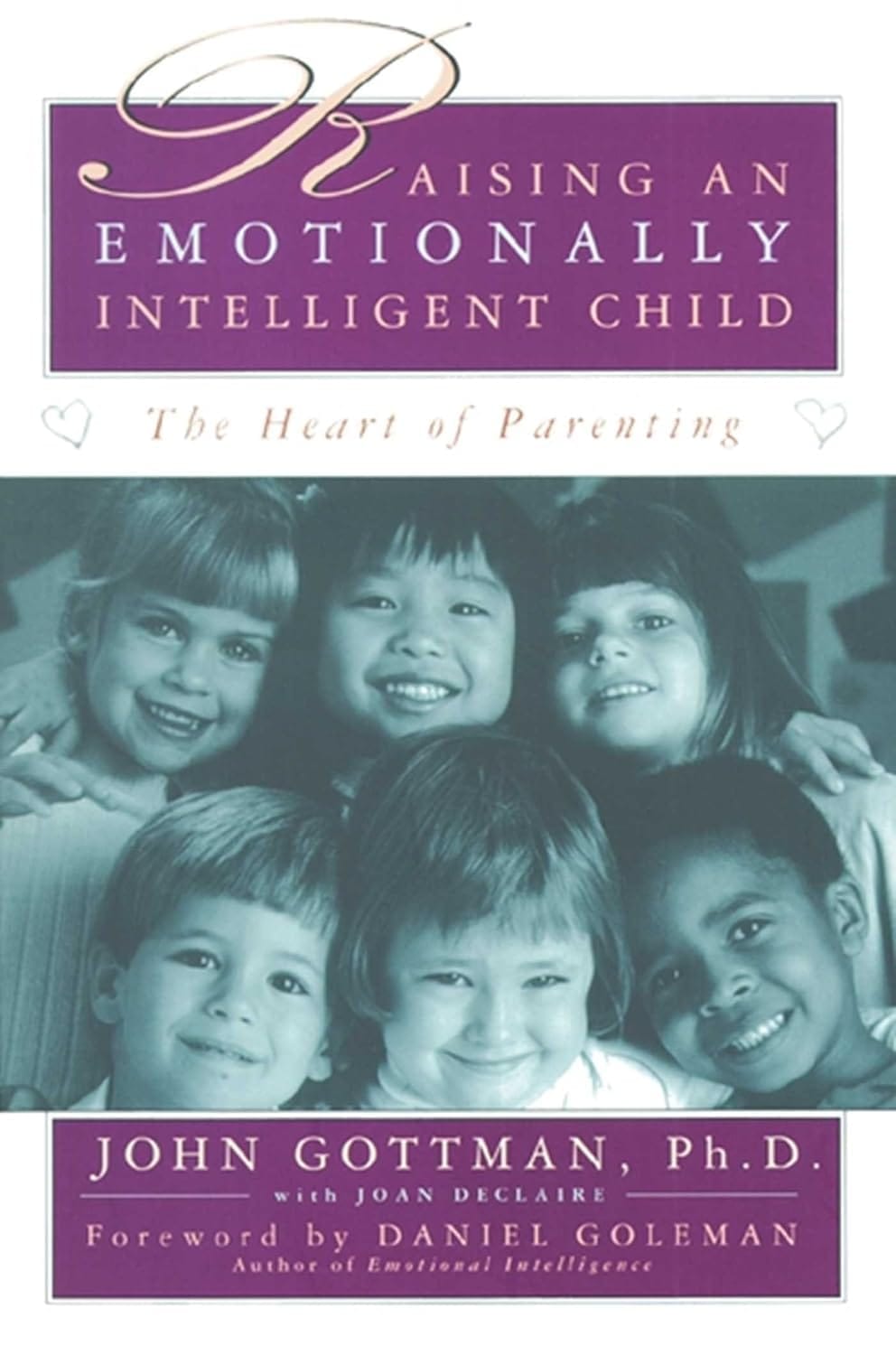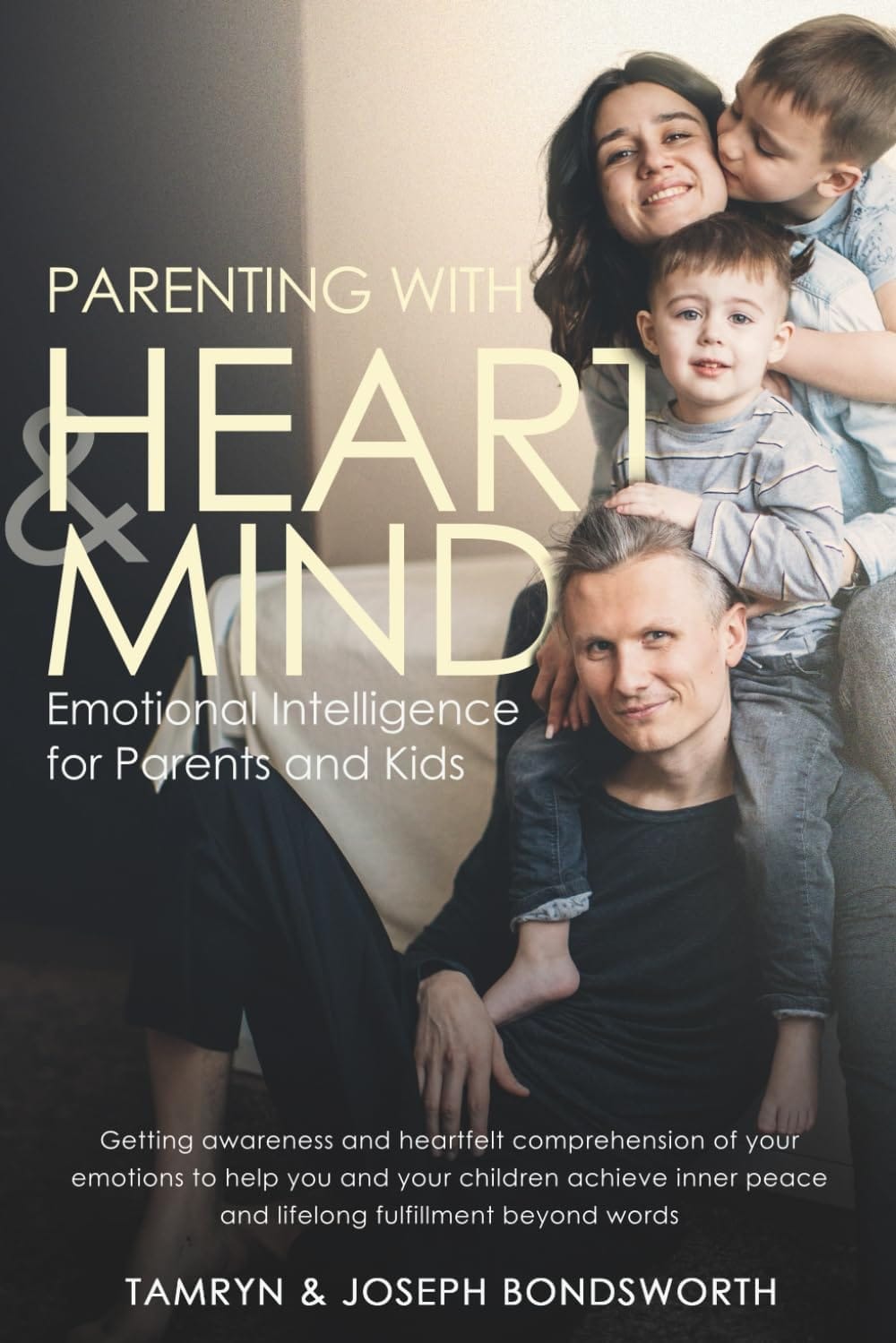Simplified Guide To Understanding Emotional Development Of Infants
When your baby looks into your eyes and settles, that’s not just cute—it’s the foundation of their emotional world. The emotional development of infants is about attachment, co-regulation, and the earliest building blocks of empathy, trust, and resilience. Done with presence and consistency, it changes the trajectory of childhood. This guide is all about how to understand the emotional development in infants for new parents
What is infant emotional development?
Infant emotional development is the process by which babies learn to feel safe, connect, and express needs. It starts with secure attachment (feeling protected and understood) and grows into co-regulation (calming together) and later, self-regulation (calming themselves). Connection now becomes confidence later.
Core components
Attachment: your baby believes their needs will be met.
Co-regulation: your calm body and voice help theirs settle.
Emotional expression: from fussing to social smiles to pointing and referencing your face for cues.
Temperament: their unique style; you don’t change it—you tune to it.
Early emotional safety supports better stress responses, social skills, and flexible thinking later in life. You don’t need perfection—just warm, predictable presence.
Lorem ipsum dolor sit amet, consectetur adipisicing elit. Autem dolore, alias, numquam enim ab voluptate id quam harum ducimus cupiditate similique quisquam et deserunt, recusandae.
Baby milestones and signals in Year 1
0–3 months
Calms with your voice, scent, and skin-to-skin
Begins to mirror facial expressions; social smile emerges
Learns the rhythm of “cry—comfort—relief”
4–6 months
Laughs, squeals, shows pleasure
Shows wariness with unfamiliar faces (healthy awareness)
Turns to you for comfort after overstimulation
7–9 months
Separation protest peaks (a sign of bonding)
Uses you as a “safe base” to explore
Starts social referencing (checks your face to understand situations)
10–12 months
Points, shares interest, joint attention
Wider range of feelings: frustration, pride, curiosity
Early self-soothing with your co-regulation
How to nurture the emotional development of your baby
1. Bond through routines
It is important to hold, rock, and respond promptly—especially at night when nervous systems are most sensitive. Be sure to narrate feelings simply like “You’re sad. I’m here. Let’s rock together.”
Also, keep rituals predictable such as using the same lullaby, same cuddle, same order, etc.
2. Practice co-regulation
It is good practice to slow your breathing, speak softly and close.
Use gentle touch and steady rhythms (rocking, humming) and offer a calm face your baby can borrow when theirs feels too big.
3. Play that builds feelings
Play peekaboo for predictability and surprise. Engaging in “face mirroring” (copy baby’s expressions) to teach “I see you” can be a fun and engaging activity. And playing simple pretend with plush dolls can be a great activity to do together.
Related: Check out this post on the Baby Blueprint, a program designed to help track your baby milestones.
Toys that support emotional growth
1) OUOZZZ Plush Doll (12"): a soft, huggable companion for comfort and pretend play—great for bonding and early emotional expression
2) Learning Resources “Big Feelings” toys (e.g., Nesting Fruit, Feelings sets): helps babies and toddlers match faces to feelings and build early social-emotional vocabulary
3) Bumpas Weighted Plush Buddy: these soft toys mimic the calming pressure of a hug for older toddlers; they help promote security and stress reduction
Bonding Tools To Help Make Closeness Easier
1). KeaBabies Baby Wrap Carrier (and similar soft wraps): these help keep baby snuggled to your chest for hands-free bonding and responsive care
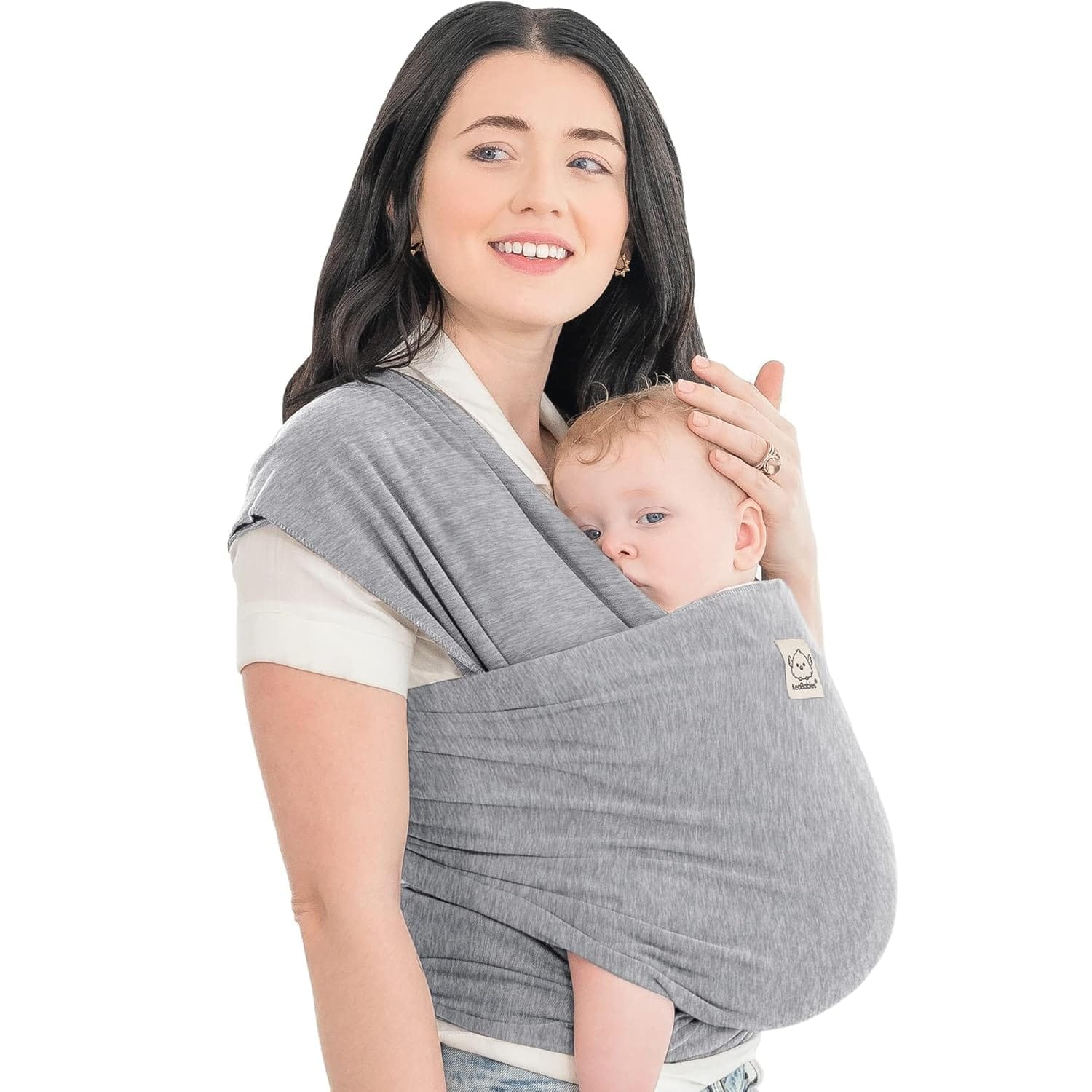
2). Ergobaby 360 All Positions Carrier: ergonomic, adjustable carrier that supports close contact while protecting your back—useful for attachment-promoting babywearing activities
3). High-contrast or interactive soft baby books: black-and-white or sensory cloth books invite face-to-face snuggles, shared attention, and soothing routines during reading time
2). Raising an Emotionally Intelligent Child by John Gottman has practical steps for “emotion coaching,” including recognizing and validating feelings and guiding with empathy
3). Parenting with Heart and Mind: Emotional Intelligence for Parents and Kids (Tamryn & Joseph Bondsworth): strategies to support tantrums, anxiety, and big feelings while strengthening parent–child communication
FAQs
1. Are weighted plush toys safe for infants?
Usually yes, but its always important to follow manufacturer age guidelines and use under supervision. For example, some weighted plush companions are designed for ages 3+; always check the label before offering to younger children
2. Do I have to respond immediately to every cry?
Consistency matters more than perfection. Aim to respond warmly and predictably most of the time. Your calm presence teaches safety—and over time, your baby borrows your regulation to build their own.
3. What’s one small thing that makes a big difference?
Slow down. Before you fix, connect: “I’m here.” Hold them close, breathe together, then soothe. That sequence is emotional learning.
Final Thoughts
Your baby doesn’t need a perfect parent—they need a present one. Every cuddle, every “I’m here,” every silly face is wiring their brain for trust. Keep it simple, keep it close, and let connection do the heavy lifting.
Affiliate Disclosure:
Some of the links in this post may be affiliate links. This means that if you click on a link and make a purchase, I may earn a small commission at no extra cost to you. I only recommend products and services I genuinely believe in. Thank you for supporting this blog!
Let us know what you think in the comments!
Newsletter
Subscribe to the newsletter and stay in the loop! By joining, you acknowledge that you'll receive our newsletter and can opt-out anytime hassle-free.
Created with © systeme.io



